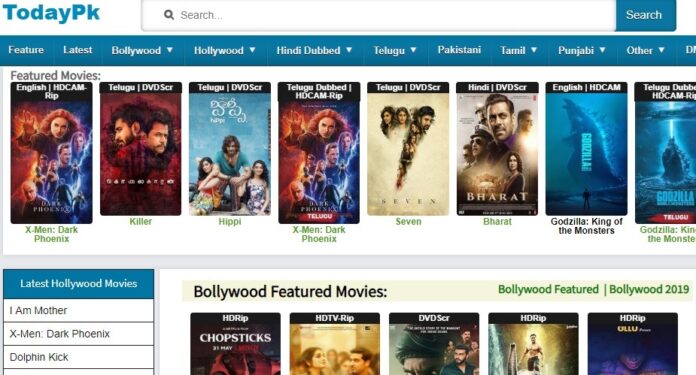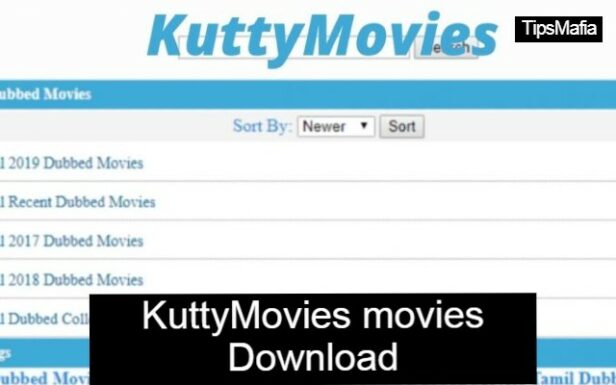In the ever-evolving digital landscape, coupon pages have emerged as a highly effective marketing tool for brands and affiliates alike. Among the various strategies used in coupon marketing, evergreen coupon pages stand out for their longevity and consistent performance. These pages are designed to remain relevant over time, offering visitors continuously valid coupons or displaying a professional, always-fresh appearance through clever update strategies. However, the real challenge lies not in creating these pages, but in maintaining their integrity and performance. This is where the importance of robust governance and a strategic update schedule comes into play.
What Are Evergreen Coupon Pages?
All Heading
Evergreen coupon pages are static content hubs that feature discount codes, promotional deals, or sales information specific to a brand or category. Unlike seasonal or campaign-specific coupon pages that expire quickly, evergreen entries are designed to always provide value, even if individual coupons may require periodic changes. These pages typically rank well in search engines due to their relevance, internal linking structure, and consistent traffic, making them a cornerstone of affiliate marketing strategies.
Importance of Governance
Governance in the context of evergreen coupon pages refers to the policies, workflows, and oversight measures that ensure the content remains accurate, updated, and compliant with affiliate program rules and brand requirements.
Strong governance enables teams to:
- Maintain trust with users by showing only valid and tested coupons
- Protect SEO rankings by avoiding outdated or low quality content
- Comply with merchant and network terms to reduce the risk of deactivation or penalties
- Ensure a consistent user experience across all brand pages
Governance is particularly critical for large affiliate sites managing dozens or even hundreds of evergreen pages. Without clearly defined roles, content ownership, and update procedures, these valuable assets can quickly become stale or misleading.
Structural Elements of Evergreen Pages
While governance ensures quality over time, the structural layout of evergreen pages also contributes significantly to their relevance and usability. Strong pages typically include the following:
- Introduction section that introduces the brand, its value proposition, and product niche
- Dynamic coupon blocks showing current offers, ideally with validation dates
- Merchant reviews or ratings to add social proof
- FAQs to target long-tail search queries
- Internal links to related stores or categories
Some publishers also embed auto-expiration features or scripts that pull data from databases or APIs to keep the offers fresh.

Setting Up Governance Policies
Successful evergreen coupon marketing starts with comprehensive governance policies that dictate how content is created, reviewed, updated, and retired. Common practices include:
Content Ownership
Assign specific individuals or teams as owners of coupon pages, responsible for their accuracy and performance. This accountability ensures each page receives dedicated attention.
Standardized Templates
Using a consistent content template can help maintain brand uniformity and make future edits efficient. Templates should include mandatory elements such as titles, H1 tags, meta descriptions, and structured data for rich results.
Coupon Vetting Protocol
All codes added to evergreen pages must be validated either manually or through automated testing. False or expired coupons quickly erode user trust and increase bounce rates.
Performance Monitoring
Governance also includes tracking key performance metrics like CTR, coupon conversion rates, and page rankings. Low-performing pages should be flagged for review and optimization.
Implementing Update Schedules
Governance must be supported by clearly defined update schedules to ensure coupons and content remain current. Updating doesn’t necessarily mean changing the entire page—sometimes minor tweaks are enough to signal freshness to both users and search engines.
Types of Updates
- Coupon rotation: Add, remove, or reorder coupons based on data or expiration status
- Content refresh: Rewriting snippets of the intro or rewording FAQs to signal activity
- Visual updates: Updating brand logos or layout changes for UI/UX enhancements
- SEO optimization: Updating internal links or keyword usage to reflect latest trends
Update Frequency
The ideal frequency depends on the traffic level and coupon volatility. A good rule of thumb is:
- Monthly updates for high-traffic or category-leading merchant pages
- Quarterly review for mid-tier pages or highly stable merchants
- As-needed changes for low-traffic pages or lesser-known brands

Automation & Tools
Given the scale of many affiliate operations, automation is key to managing evergreen content successfully. Some popular tools and platforms include:
- Content Management Systems (CMS) like WordPress with custom plugins for scheduling updates or importing coupons
- Affiliate Networks APIs for real-time deal feeds and automated updates
- SEO monitoring tools like Ahrefs or SEMrush to track keyword changes and backlink profiles
- Internal dashboards to track coupon performance, expiration clocks, and compliance alerts
Combined with a human editorial team, these tools can help scale both the governance and update processes efficiently.
Benefits of Well-Governed Evergreen Pages
When structured and maintained effectively, evergreen coupon pages offer a range of long-term benefits:
- Improved search visibility from consistent SEO signals
- Stronger relationships with merchants through brand-safe content
- Reliable revenue streams that don’t rely on campaign-specific boosts
- Higher trust and return visits from users who expect up-to-date deals
While the initial investment in governance structures may seem high, the return on consistency and search dominance justifies the effort for any serious affiliate marketer.
Conclusion
Evergreen coupon pages are more than just static deal listings—they are living, breathing assets that play a critical role in affiliate marketing success. To truly maximize their value, marketers must implement strong governance policies and update schedules that keep content fresh, valid, and aligned with brand objectives. Through a combination of editorial oversight, smart automation, and strategic planning, evergreen coupon pages can become one of the most reliable revenue generators in an affiliate portfolio.
Frequently Asked Questions (FAQ)
-
What makes a coupon page “evergreen”?
An evergreen coupon page remains relevant and valuable over time by offering consistently updated coupons or content that doesn’t expire quickly. -
How often should evergreen coupon pages be updated?
High-performing pages are typically updated monthly, while others can be reviewed quarterly or as needed. -
Do automated tools replace the need for manual updates?
No. While automation can help with scaling and monitoring, human oversight is still necessary for strategy, compliance, and user experience. -
Can expired coupons harm my page’s SEO?
Yes. Too many invalid offers can lead to higher bounce rates and loss of trust, which affects your SEO rankings over time. -
What’s the role of a template in coupon page governance?
Templates ensure consistency in content structure, branding, and SEO components, making pages easier to manage and optimize.













Recent Comments